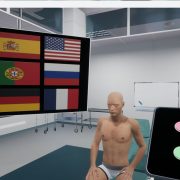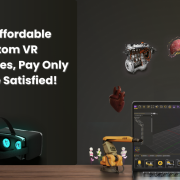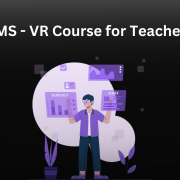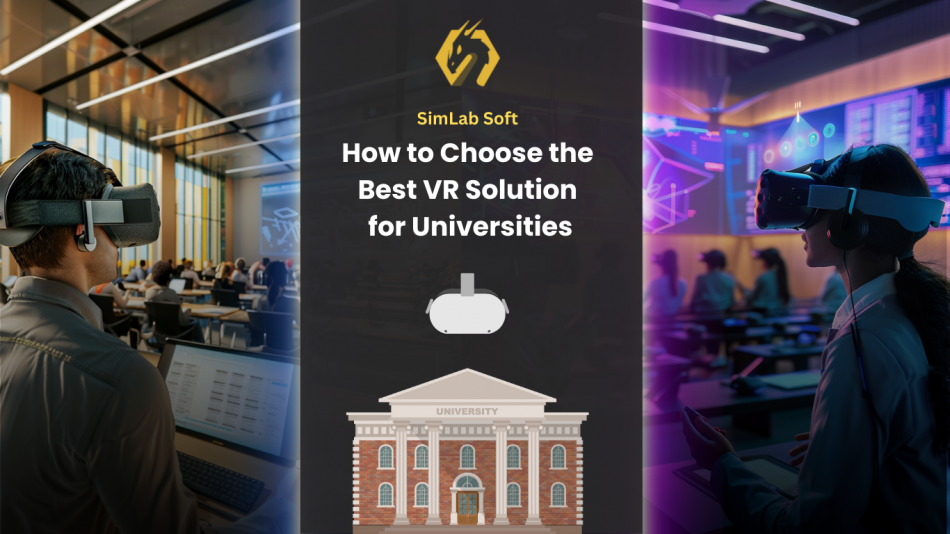How to Choose the Best VR Solutions for Universities: A Complete Guide
As virtual reality (VR) continues to reshape industries, education is emerging as one of the most exciting frontiers. Universities are embracing VR to create immersive learning environments that captivate students and elevate the way knowledge is shared. But with a growing number of VR solutions available, how do you choose the right one for your institution?
This guide outlines the key factors to consider when selecting a VR platform that meets the unique needs of your university, ensuring that both students and faculty can benefit from this cutting-edge technology.
1. Prioritize User-Friendly Software
Keep it Simple: When introducing new technology, ease of use is paramount. Look for VR software that is intuitive and requires minimal training. This ensures a smooth learning curve for both educators and students, encouraging widespread adoption across the campus. The last thing you want is technology that feels more like a burden than a tool for innovation.
2. Seamless Integration with Curriculum
Match the Learning Goals: A powerful VR solution should complement and enhance your existing curriculum—not disrupt it. Seek platforms that allow for customization to meet the specific educational objectives of different courses. This will ensure that VR enhances traditional teaching methods and seamlessly fits into the learning ecosystem.
3. Choose Collaborative Tools for Interactive Learning
Foster Teamwork: Learning thrives on interaction, and VR is no exception. Opt for VR platforms that offer collaborative features, enabling students to work together in virtual environments. This not only makes learning more engaging but also helps develop essential skills like teamwork, problem-solving, and communication.
4. Look for Proven Solutions
Go with What Works: When making a significant investment in new technology, it’s important to trust tried-and-tested solutions. Research VR platforms that have a proven track record in higher education. Case studies and reviews from other universities can offer valuable insights into how a particular platform performs in real-world learning environments.
5. Reliable Support is Non-Negotiable
Help When You Need It: Even the best technology can run into issues, so make sure the VR provider offers strong customer support. Whether it’s troubleshooting or step-by-step tutorials, reliable support can save time and reduce frustration, helping educators stay focused on teaching instead of tech problems.
6. Opt for Easy Installation and Setup
Get Started Quickly: Complicated setups can be a barrier to adoption, especially in academic environments where time and resources are limited. Choose VR solutions that are easy to install and configure so educators can quickly get their courses up and running without unnecessary delays.
Empowering the Future of Education
Virtual Reality has the potential to revolutionize how students learn and engage with complex concepts. By selecting the right VR solution, universities can unlock new levels of interactive and immersive learning that inspire both students and faculty. When making your choice, focus on software that is easy to use, integrates seamlessly with your curriculum, and offers robust support.
The future of education is immersive—make sure your institution is part of the revolution.
-

1 Build a Medical VR Training Experience in Under 30 Minutes—No Coding Required
-

2 How to Create Interactive VR Assembly & Disassembly Experiences with SimLab Composer
-

3 Your Guide to Creating Impactful VR Educational Quests
-

4 One Experience, Seamlessly Running on VR, MR, AR, and XR
-

5 Is My VR Experience Secure on the Cloud?
-

6 Bought VR Headsets for Your School… and Now They’re Collecting Dust?
-

7 Fast, Affordable Custom VR Experiences – Pay Only if You’re Satisfied!
-

8 Looking for VR Creators for Our SimLab VR Store
-

9 Why SimLab Soft is Creating VR Training for Medicine and Nursing Students
-

10 Seamlessly integrate VR Quizzes and Surveys into your LMS

